The world is a big, wonderful place full of facts we never thought possible. For instance, if a pregnant mouse has a sudden medical issue, the fetus will send stem cells to heal the mother, increasing its chances of survival as well. Fetal stem cells have been found in human mothers as well, dubbed by science as microchimerism.
Bright Side dug up some more marvelous facts about nature and its creations, upholding our yearly resolutions to spread knowledge and joy.
1. The heart slows when your face touches water.

As mammals, we can’t breathe underwater, so as part of the mammalian dive reflex, our heart rate goes down in the water — more so if we go underwater. Even splashing the face with water makes the heart slow down, making it a great way to calm down.
2. Fungus can break down plastic in weeks.
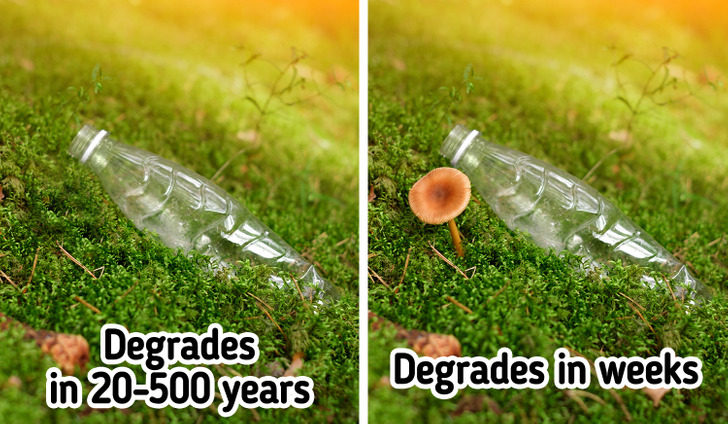
It is said that in the future, there may be more plastic in the ocean than fish. This is why the plastic-eating fungus is great news, and there are around 50 new species of such fungi discovered already. One of the fungi discovered can digest plastic within 2 months, so there’s hope for us yet.
3. Newborn babies can support their own weight.

Newborn babies are strong — strong enough to be able to grasp things in their tiny fists and even support their weight as shown by an experiment done in the nineteenth century. Louis Robinson witnessed babies able to hang from a walking stick, from 10 seconds to 2 minutes and 35 seconds.
4. Koala fingerprints have been mistaken for human ones.
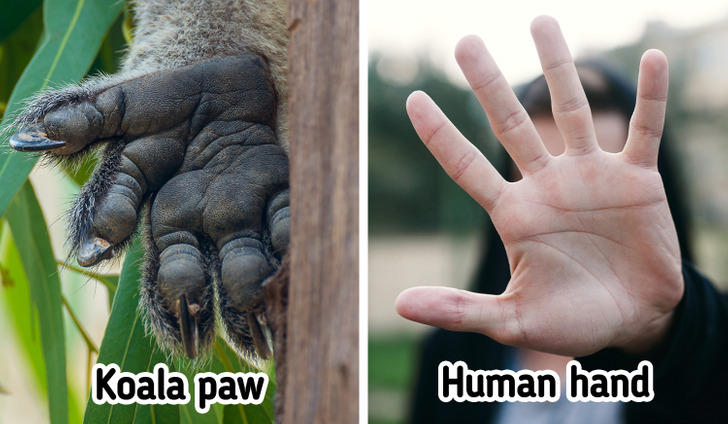
We’ve been told that our fingerprints are unique, and they are. But the fact remains that even though we share a common ancestor with the koala that was alive 100 million years ago, koala fingerprints look very similar to human fingerprints, as do chimpanzee fingerprints for that matter.
5. Snails can sleep for 3 years.
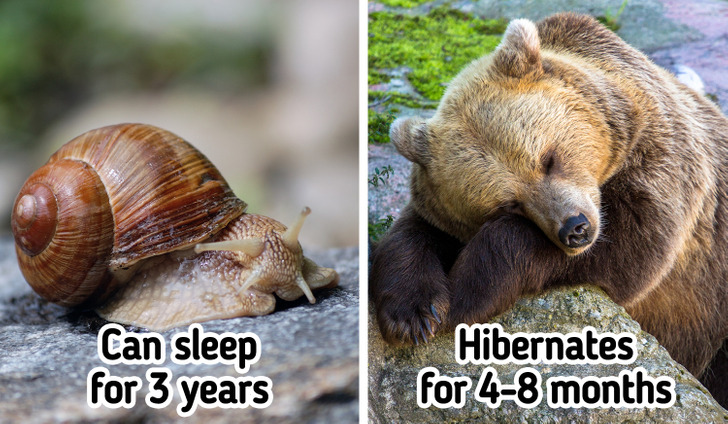
If you thought bears had it good with hibernation, meet the snail. Snails can sleep rather than hibernate for 3 years at a time without needing food. Of course, this is with some snail species, not all of them. Meanwhile, bears usually hibernate for just 4-8 months.
6. Sloths need 2 weeks to digest food.
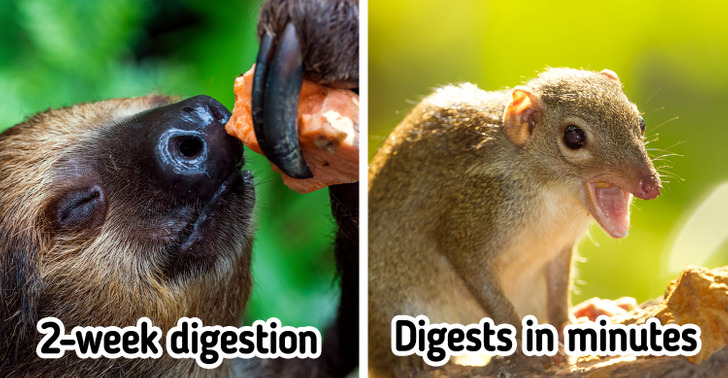
Sloths don’t only move in slow motion — even their insides move slowly, ostensibly to preserve energy, which is why a sloth’s digestive system takes 2 weeks to process the food it ate. Plus, most of what it eats is indigestible, giving it very little energy from each slowly chewed mouthful.
On the other end of the spectrum lies the shrew, whose digestion takes mere minutes and is done so fast, not much of it is fully digested. This is the reason why shrews eat their own feces. They can die of starvation in a matter of hours if they don’t eat.
7. Your brain ignores seeing your nose.

We can see our nose all the time, it’s just that the brain tends to ignore it because it’s a constant visual stimulus. It’s the same with people who wear glasses. After a while, they simply stop noticing them.
8. Your forearm is the same length as your foot.
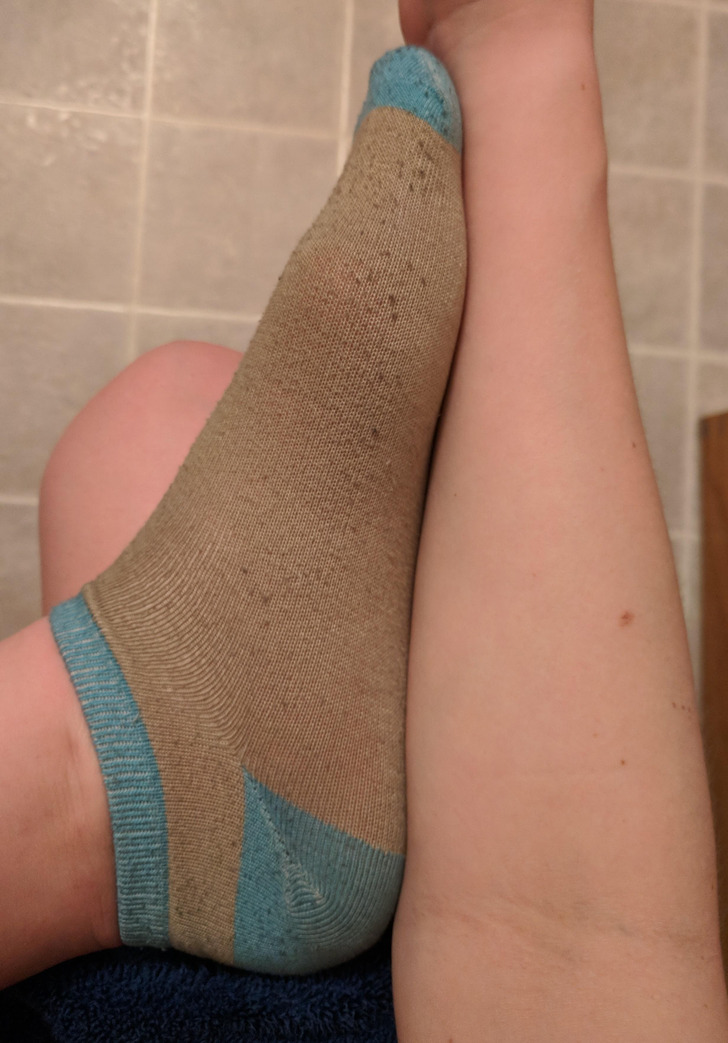
If you don’t have the time to try on a shoe, measure it from your elbow crease to your wrist. If it fits or is just a little smaller, it would fit your foot because the length of your forearm is the same as your foot. And this is just one of many human body ratios that are a marvel in themselves, including the fact that your femur bone is one-quarter your height.
9. You can “see” your white blood cells.
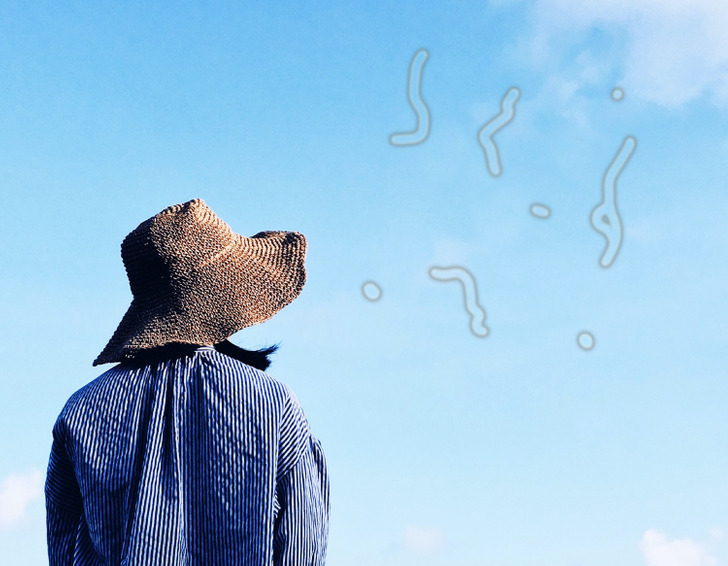
If you look up at a cloudless, bright blue sky and see some wiggly things at the periphery of your vision, you’ve just experienced the blue field entoptic phenomenon. The wiggly things are white blood cells moving in the fine blood vessels moving in front of the retina, at the back of the eye.
10. Human beings have striped skin, but only cats can see it.

Human beings have stripes and patterns on the skin too, and they are called Lines of Blaschko, name eponymously by the scientist who discovered them, Dr. Alfred Blaschko. These are closer to tiger stripes, forming more of a V-pattern fanning out from the center to the extremities. These lines are visible under UV light, a spectrum that cats can see too, which is why cats can see you as a striped being as well.
Which of these facts turned out to be a revelation for you? Share your extreme nature facts with us and blow us away.
Preview photo credit Shutterstock.com, Shutterstock.com
While relaxing on the beach, a man captures an astonishing image of a terrifying creature. You won’t believe what it turned out to be!
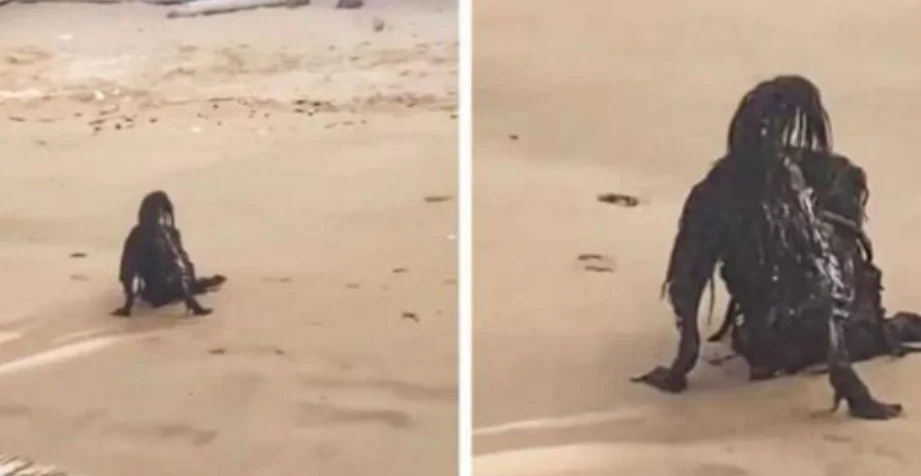
Have you ever enjoyed a beach vacation only to stumble upon a strange creature half-buried in the sand? Typically, you might glance at it and continue your relaxing getaway. But what if that creature was alive?
Recently, a swimmer in Mexico encountered just such a scenario, capturing video footage of an unusual being shuffling along the shore. As the footage circulated widely on social media, it created a wave of suspense among onlookers. What strange entity had emerged from the depths of the ocean? The sea, often associated with peace and leisure, suddenly became the epicenter of an exhilarating mystery.
In Mexico, summer beach trips are a beloved tradition, but this traveler’s experience was both remarkable and unsettling. The shadowy figure he filmed left everyone who watched the video on the edge of their seats, filled with anticipation.
When the truth finally surfaced, viewers were taken aback. Who would have imagined that something so ordinary was lurking behind such an eerie facade? Those who witnessed the reveal felt a mix of relief and confusion.

While many crave fresh seafood and the comfort of a cozy hotel during seaside trips, imagine the man’s shock as he watched a bizarre creature emerge from the sand. In an instant, the joyful, idyllic vibe he had envisioned was shattered. The creature’s strange appearance eclipsed any thoughts of tranquility, turning his beach outing into an encounter with the unknown.
Thus, his dream vacation morphed into a whirlwind of emotions. Though he never anticipated such a startling experience, the Internet now thanks him for capturing this extraordinary moment.
The first few seconds of the video were filled with terror, as the creature’s shape remained obscured. The tension built as viewers awaited the reveal, their hearts racing in fear of what lay hidden in the shadows.
But then, almost unexpectedly, the creature shifted, unveiling its true identity: a dog! This innocent pup had become the unlikely star of a video that fooled countless viewers with its long fur and peculiar posture.
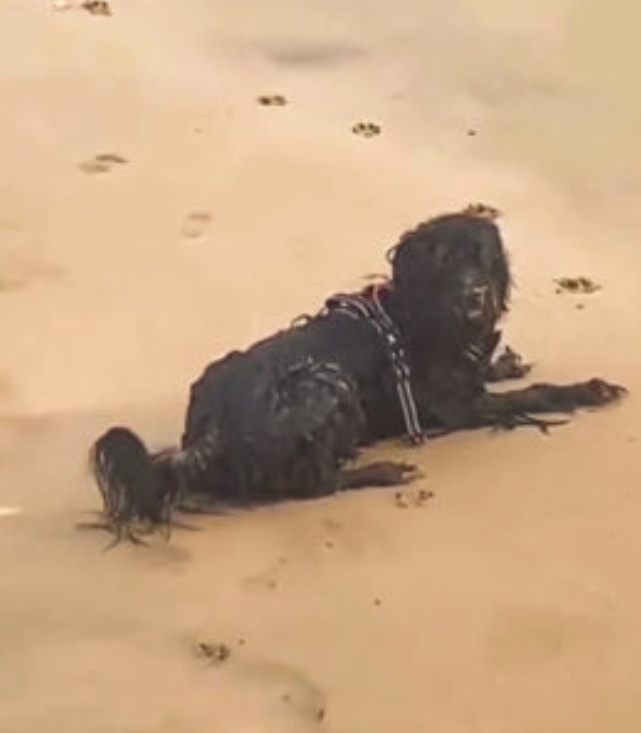



Leave a Reply